According to the latest data from the State Bank, as of August 31, the total outstanding real estate credit balance in the entire system had reached about VND4.1 million billion, of which outstanding loans for real estate business activities accounted for VND1.823 million billion. Outstanding loans for real estate business activities alone amounted to VND1.82 million billion, showing that bank capital flows are returning to support the market after a period of stagnation in late 2023 and the first half of 2024.
In terms of structure, credit for urban construction and housing development investment projects accounts for the largest proportion with nearly 615,000 billion VND. Next is outstanding loans for customers buying land use rights; projects to build industrial parks, export processing zones; outstanding loans for office rental projects and other segments.
The State Bank assessed that this growth rate is consistent with market developments, as many projects are being re-implemented, investment and construction progress is improving, thereby leading to increased credit demand.

However, in the third quarter real estate market report, the Ministry of Construction said that although real estate credit is improving compared to the end of 2024, it is necessary to strictly control potential risks to ensure sustainable development of the market.
The Ministry of Construction recommends that the State Bank operate a flexible monetary policy, prioritizing capital flows into social housing, worker housing, and commercial housing with prices suitable to people's incomes.
At the recent Vietnam Investment Forum 2026, economic expert Dinh The Hien said that credit growth in the first 9 months reached about 13%, but real estate market capital growth was significantly higher, nearly 20%, with August and September alone increasing very strongly.
"In normal times, when there is a wave, moderate growth is enough to create a wave in real estate, but now there is no wave. The problem is that credit in real estate is strong but does not create waves or liquidity as expected," said Mr. Hien.
According to the expert, the principle is that banks lend a maximum of 70% of the property value, the investor/buyer's equity is the remaining 30%. However, the fact that banks are willing to lend money in advance for deposits shows that credit has gone into "surfing" too much. When prices go up, eventually "surfing" investors encounter difficulties, and credit is accumulated.
"Certainly, capital flows into surfing will be controlled. In the short term, projects that open to serve the needs of investors catching the wave will face difficulties. On the contrary, good projects have the potential to attract capital," Mr. Hien emphasized.
Recently, the State Bank of Vietnam, Region 2 Branch (SBV KV2) sent a document to commercial banks in Ho Chi Minh City and Dong Nai province warning about risks in lending activities.
According to this unit, recently the agency has regularly received petitions from people reflecting on the fact that commercial banks provide credit to customers to pay for deposits to buy real estate according to the agreement in the Agreement Document for real estate consulting and brokerage units.
From the reality of receiving and handling people's feedback as well as information from competent authorities, the State Bank of Vietnam Region 2 determined that lending to pay deposits according to "Agreement documents" has some potential risks and consequences, first of all legal risks, disputes and lawsuits.
Along with legal risks, the regulator also warns of the risk of bad debt and financial losses. The disbursement of loans to pay deposits to brokers or consultants is essentially entirely dependent on the project's implementation results. If the project is stalled, suspended or not qualified to continue, the bank may face the risk of losing capital.
Source: https://tienphong.vn/tin-dung-bat-dong-san-tang-manh-post1794770.tpo


![[Photo] General Secretary To Lam visits Long Thanh International Airport Project](https://vphoto.vietnam.vn/thumb/1200x675/vietnam/resource/IMAGE/2025/11/13/1763008564398_vna-potal-tong-bi-thu-to-lam-tham-du-an-cang-hang-khong-quoc-te-long-thanh-8404600-1261-jpg.webp)




![[Photo] The "scars" of Da Nang's mountains and forests after storms and floods](https://vphoto.vietnam.vn/thumb/1200x675/vietnam/resource/IMAGE/2025/11/13/1762996564834_sl8-jpg.webp)
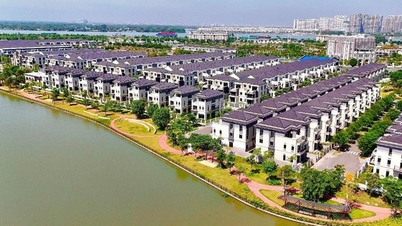

























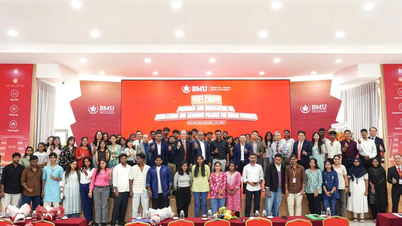
















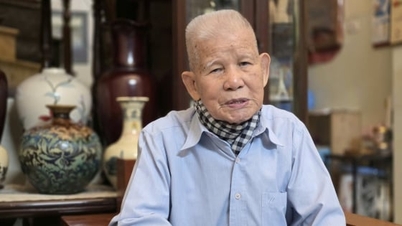
























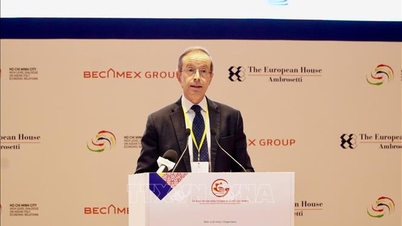










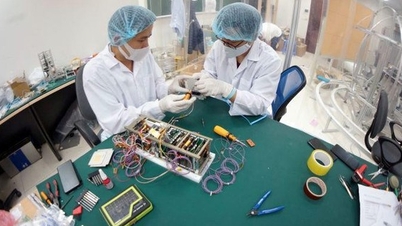





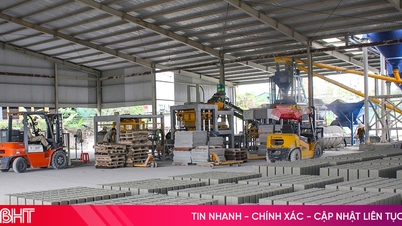






![Dong Nai OCOP transition: [Article 3] Linking tourism with OCOP product consumption](https://vphoto.vietnam.vn/thumb/402x226/vietnam/resource/IMAGE/2025/11/10/1762739199309_1324-2740-7_n-162543_981.jpeg)






Comment (0)